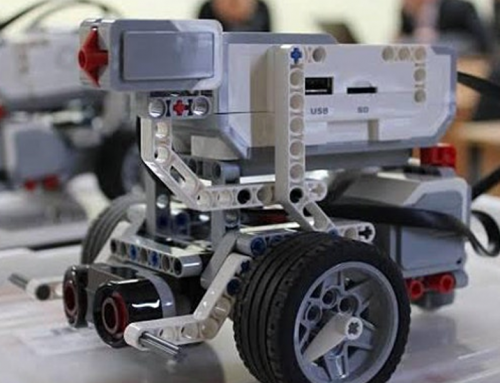
Robots for intergenerational gap provided for collaboration between adults (parents and grandparents) and children to try to solve the generation gap especially in the ICT and digital fields. The courses provided for children, assisted by teachers, to present to adults some of their robotics activities and for adults to go back to the workshops where they participated in the subjects involved (mathematics, physics, English, electronics, etc.). This allowed parents and relatives to stay with their children, to share their activities, and to re-learn.
RobGap has contributed to the social inclusion of adults with respect to the technological skills needed today; it has enhanced children’s skills and allowed them to acquire new ones, related to the ability to transmit knowledge. ICT technology and robotics have functioned as mediators of communication, as it is in their “nature”.
Educational robotics courses have allowed adults to put their “analogical” skills (notions of electricity, hydraulics, etc.) into play and young people to test themselves by going beyond the mere nerdy practice of using digital technologies and new media to understand their conscious and wider use. The kids also understood which school subjects are involved in robot programming and coding.
The project partners expressed their desire and willingness to continue the “generation bridge” model. The main product of the RobGap project was a Manual, which can be downloaded here attached. The Manual, in English, is divided into Learning Modules. The first Module concerns the physical robot, the sensors, the program:
Introduction to robotics.
Description of the Kit – Hardware.
Description of the software – NXT-G.
How to use sensors.
How to move a robot.
The second Module concerns the educational activities that have been proposed. The first suggested activity concerns how to use a mobile robot to practice how to make our cities and city traffic safer. The second suggested didactic activity concerns the use of robot sensors to study and understand the concept of “electromagnetic spectrum”.
The third didactic activity concerns the use of a small mobile robot in the study of volcanoes. The fifth activity concerns the measurement of light intensity and how the intensity changes if we move away from the light source. The sixth activity concerns the use of small robots to simulate the search for planets outside the solar system.
The Third Module concerns the programming of the robotic kits chosen by the project. And the Fourth Module, very important, describes the methodology to design and implement educational robotics laboratories for children and adults.
The fourth educational activity proposed in the Manual concerns the use of a mobile robot to guide us in the London Underground.






